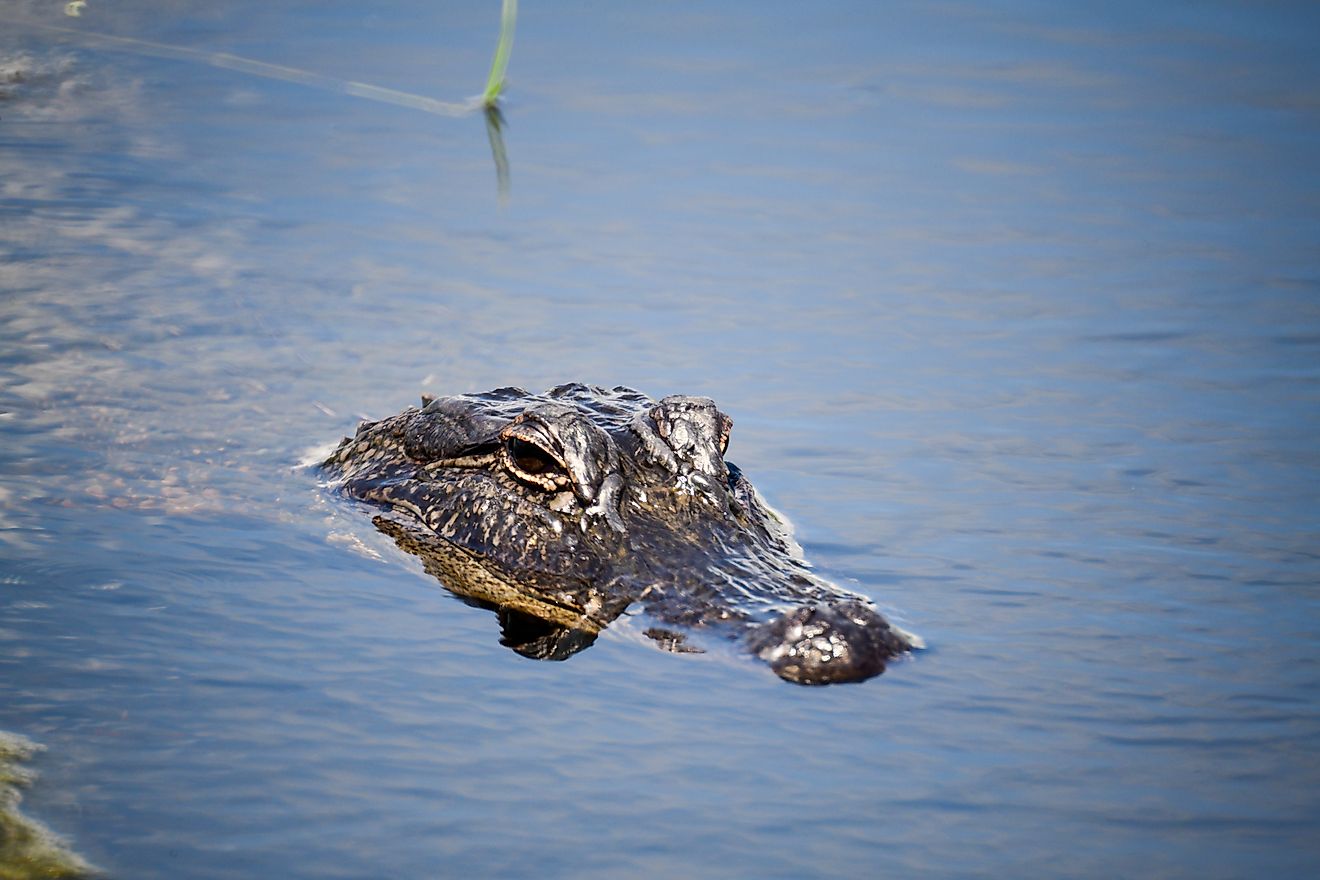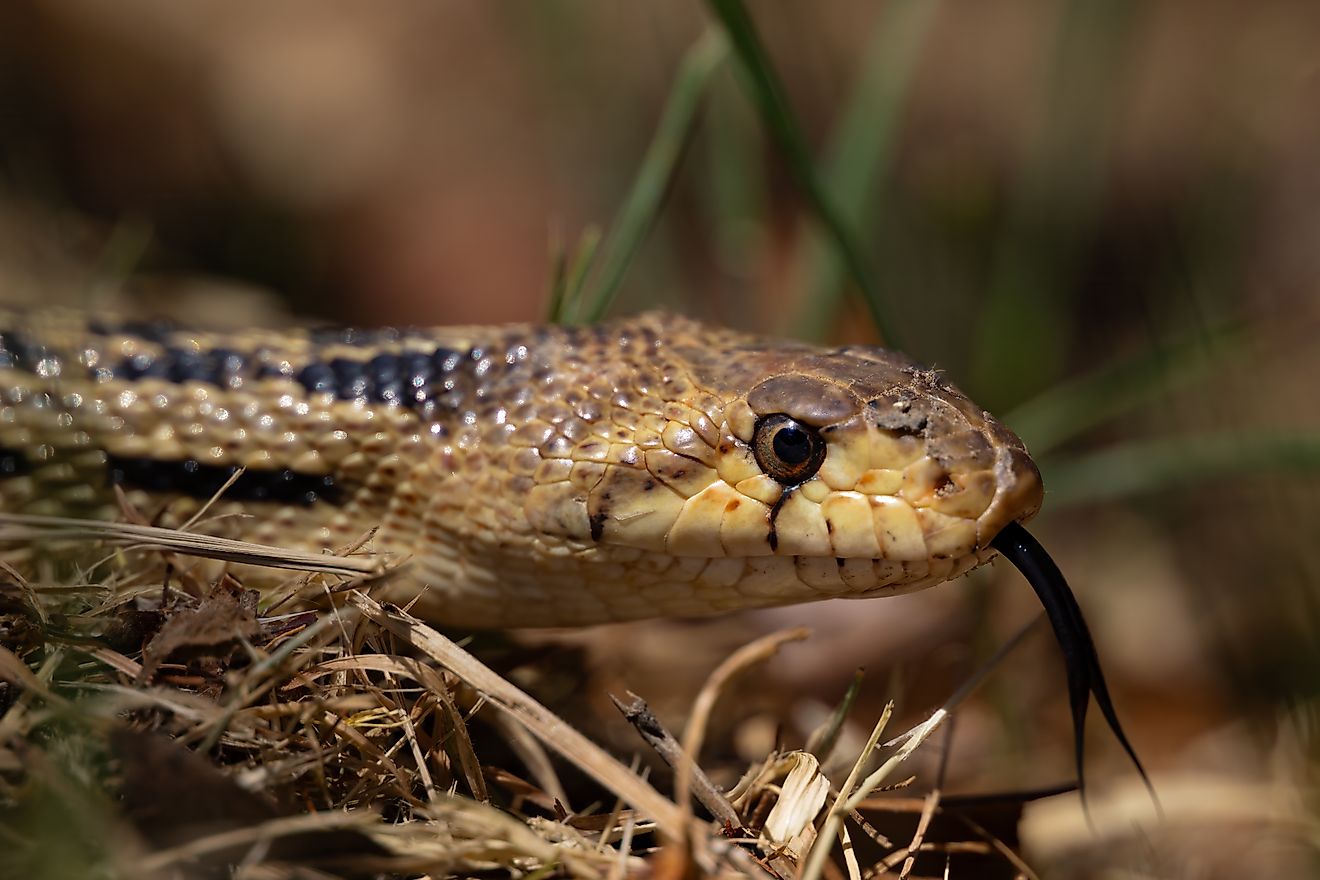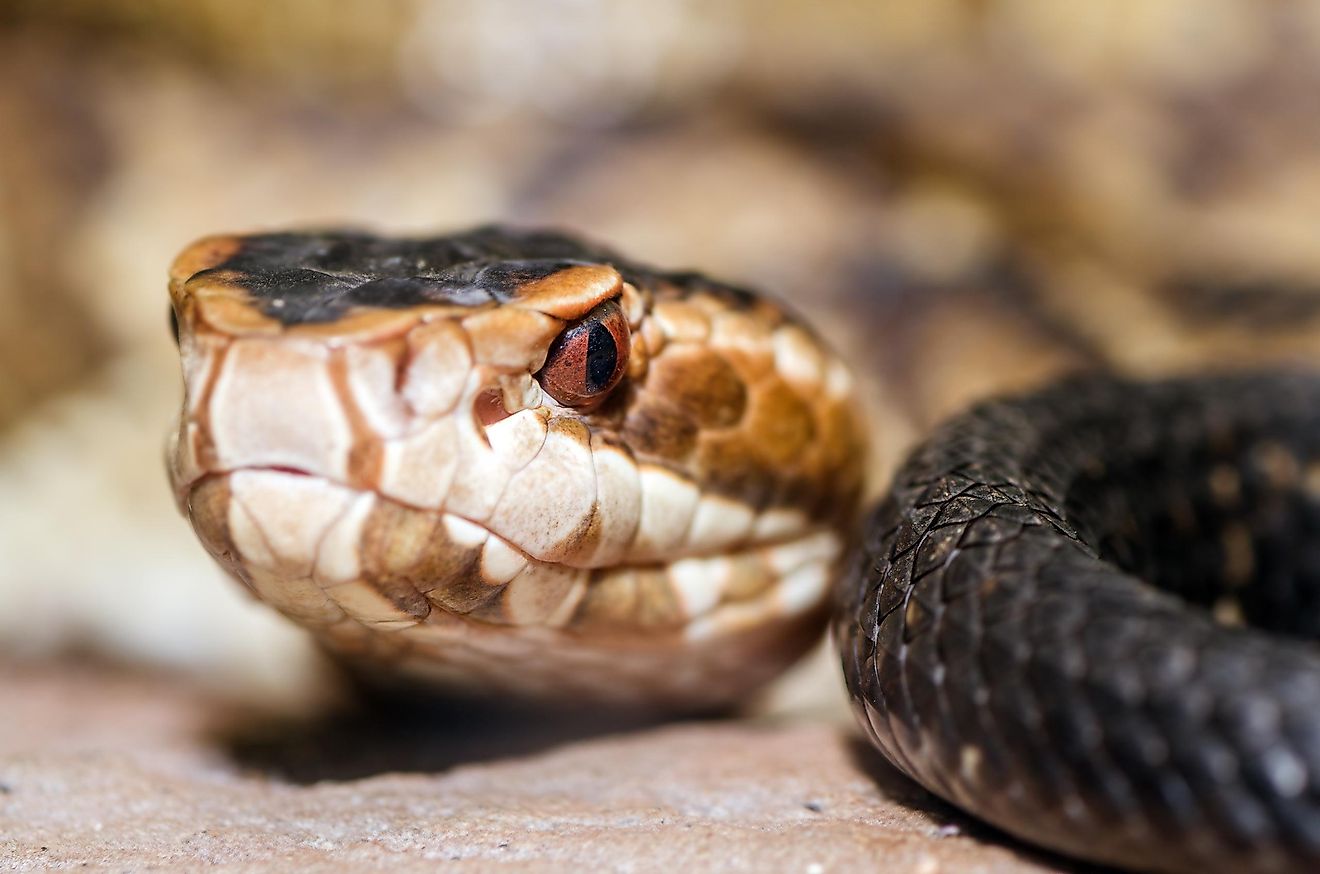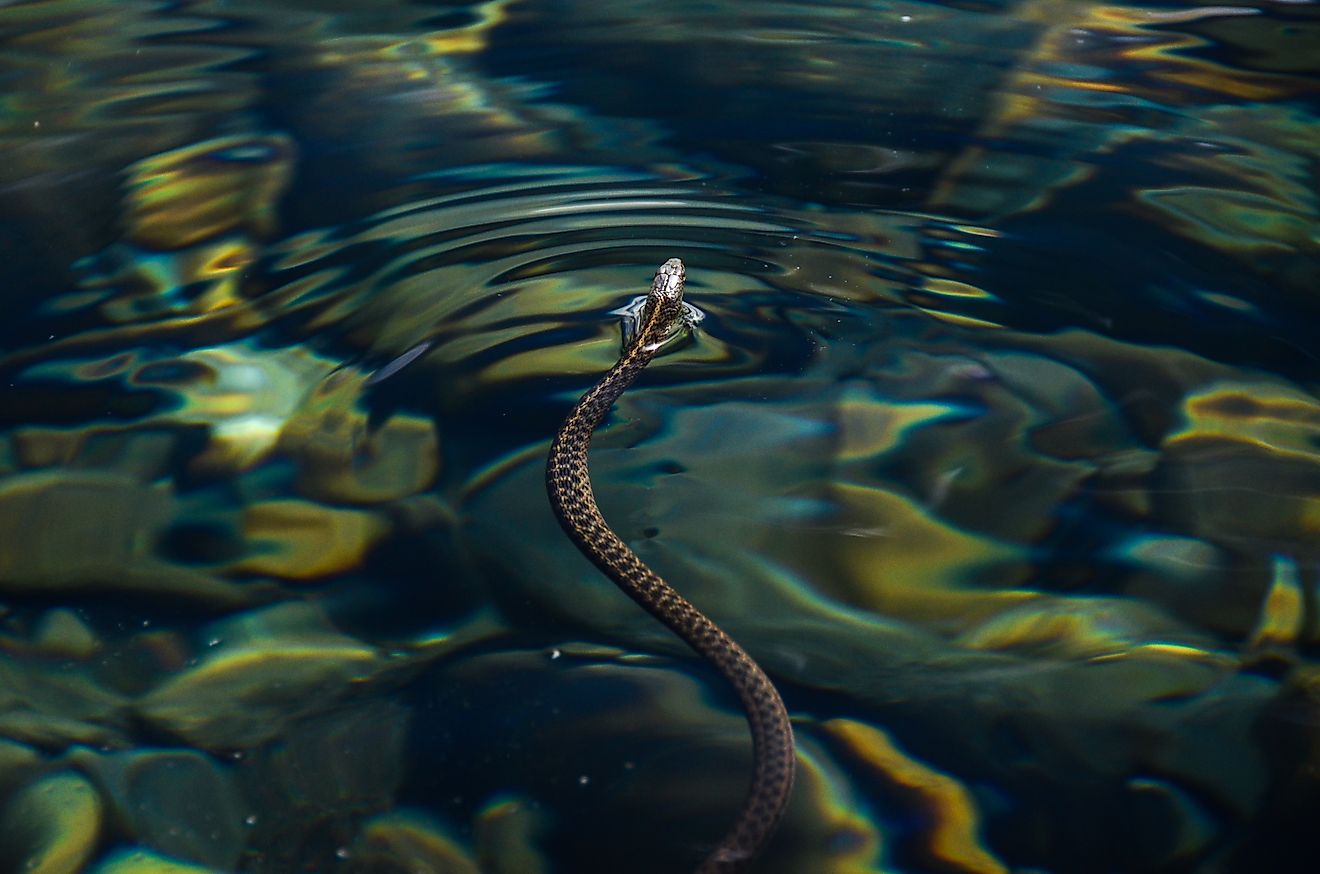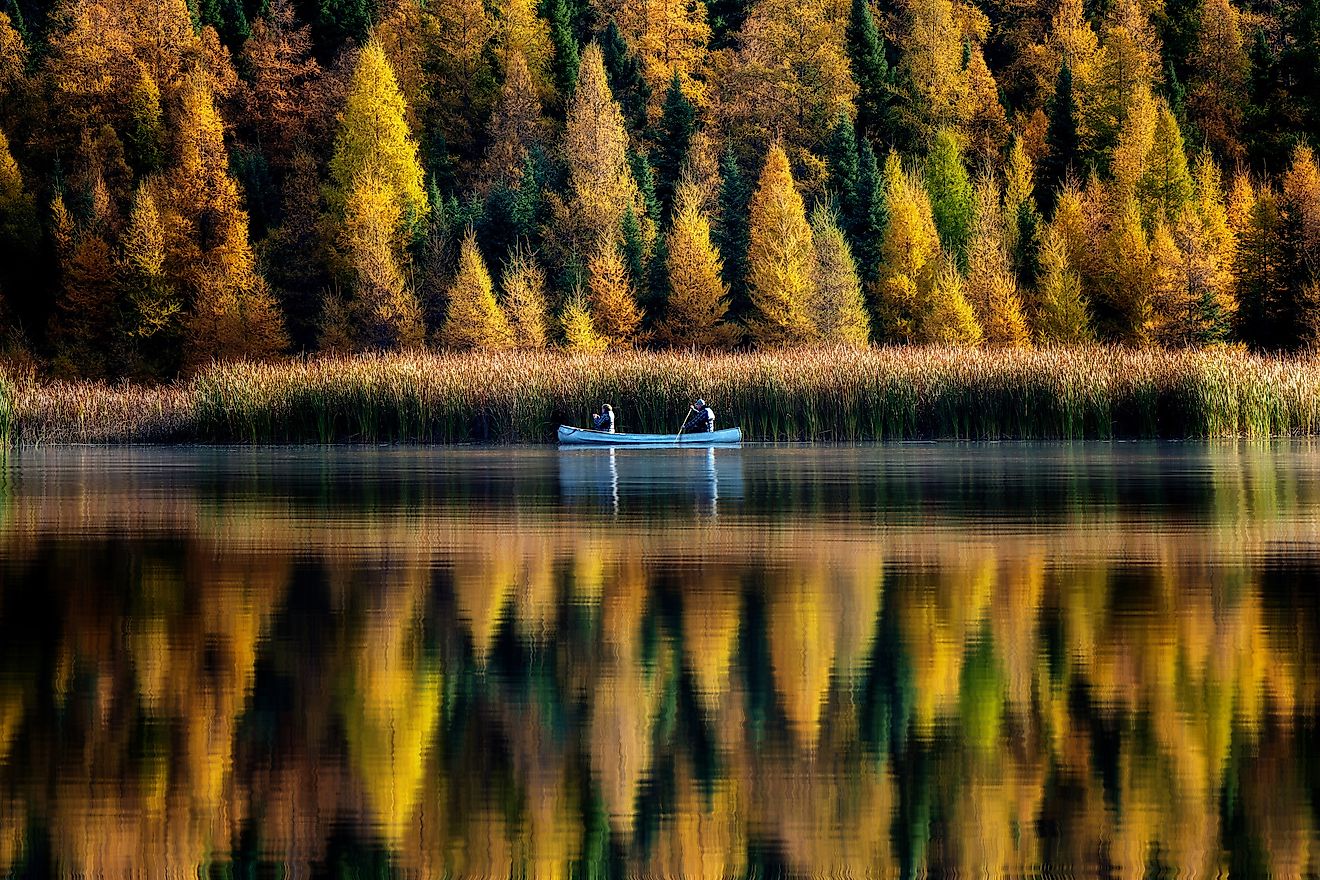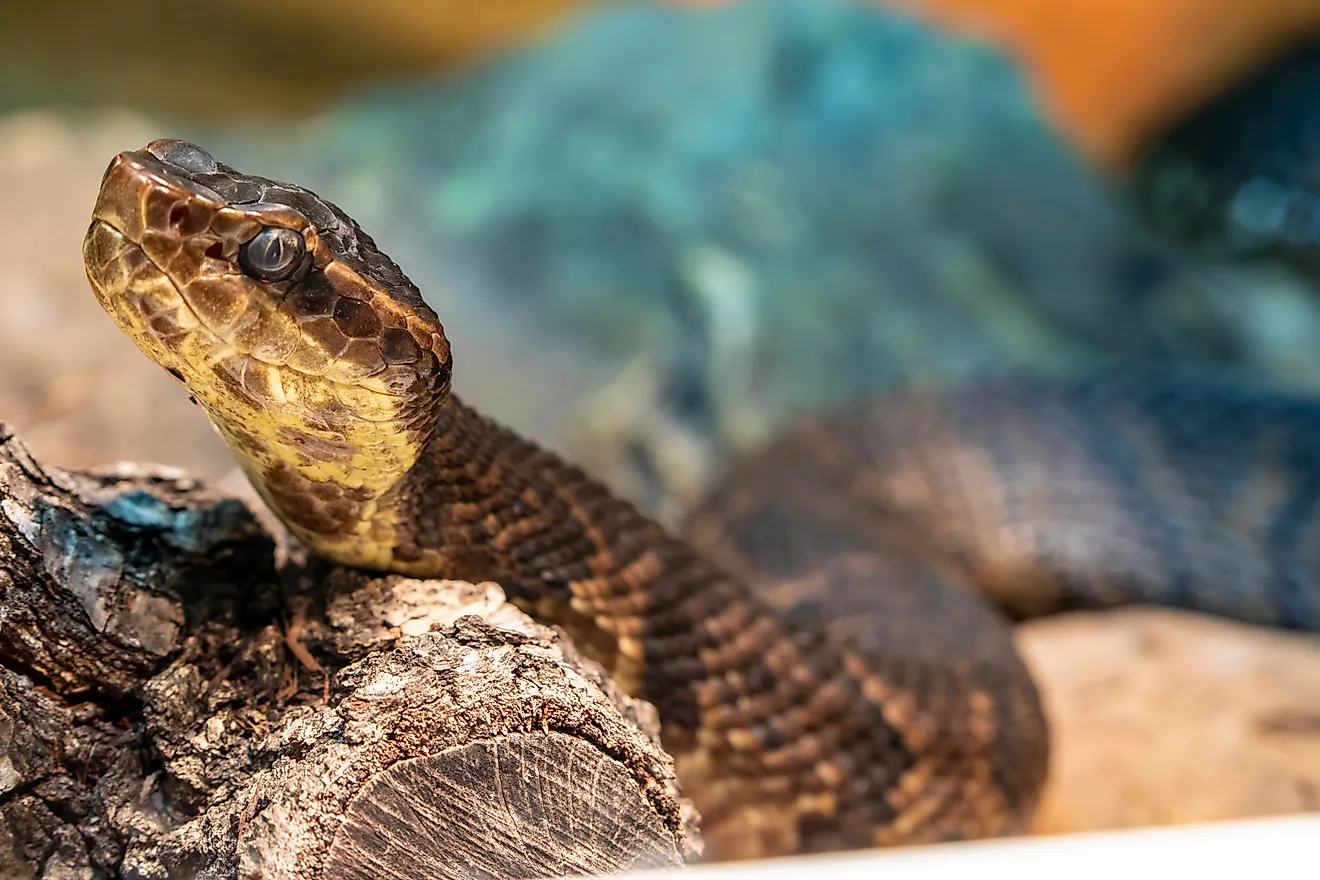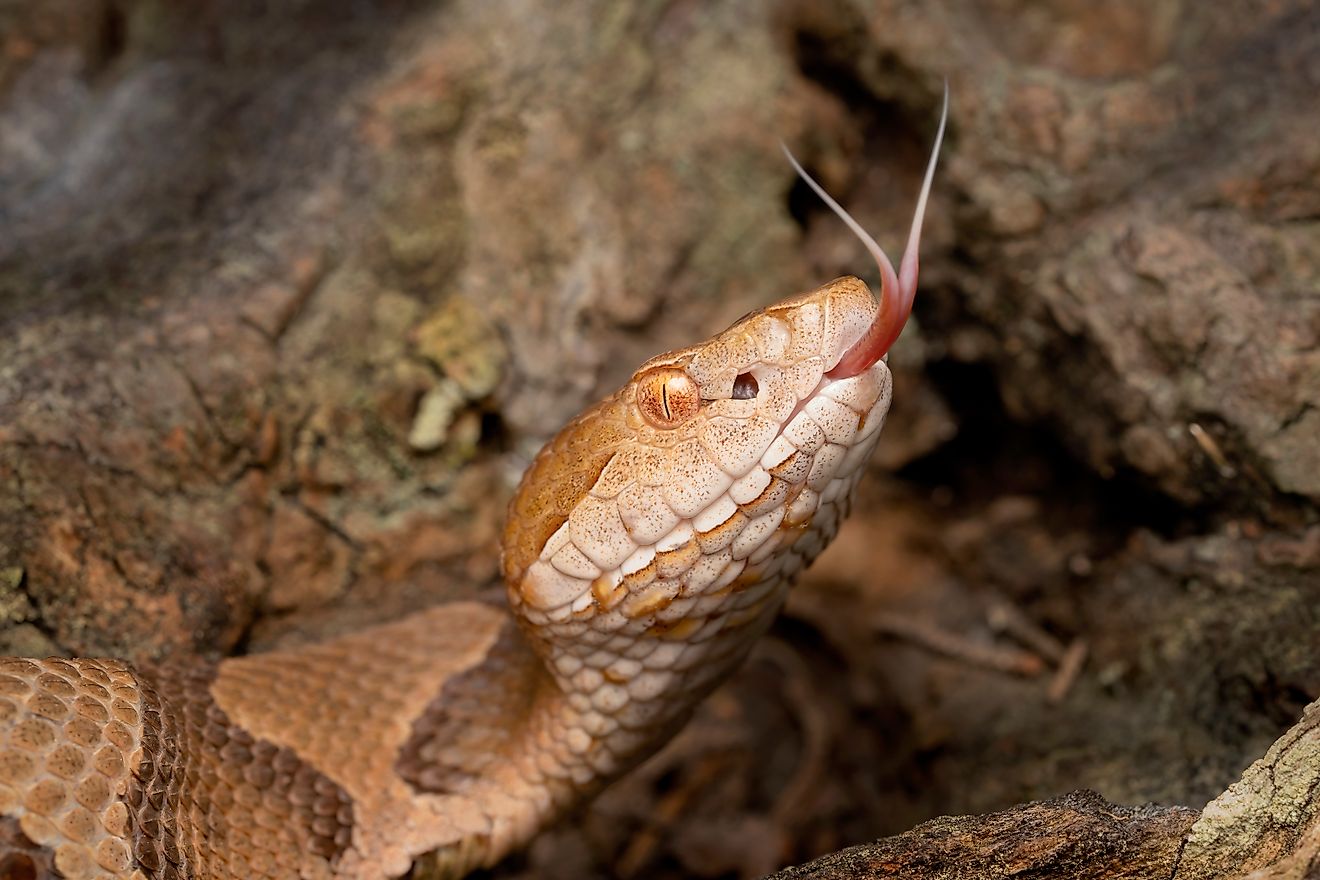
Lake Seminole
Named after the Seminole Native American tribe, Lake Seminole is a human-made lake created at the convergence of Spring Creek, the Chattahoochee River, and Flint River. With its rich history and deep swamps, the lake serves as an ecological haven and recreational destination.
Geography Of Lake Seminole
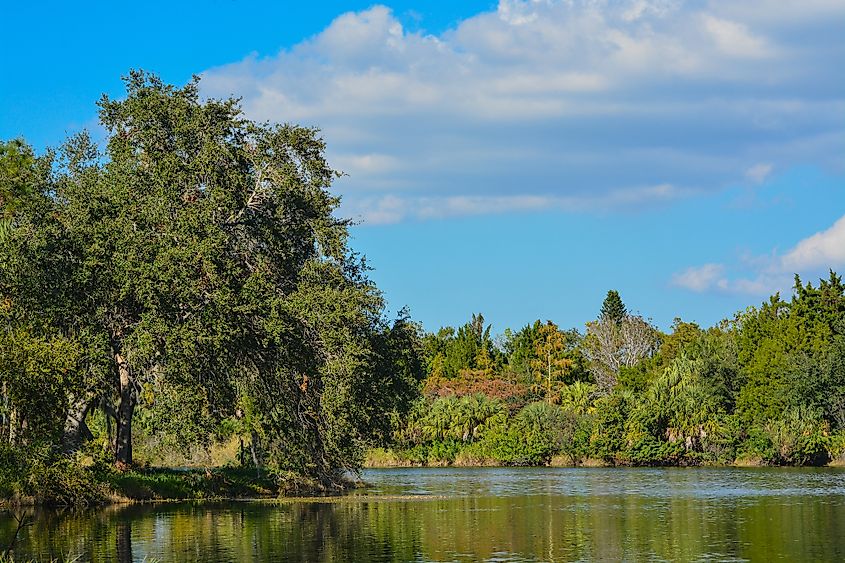
Lake Seminole is an expansive stretch of water that is created where the Chattahoochee River, Flint River, and Spring Creek meet. This 37,500-acre lake borders the three US states of Georgia, Florida, and Alabama and is situated between St. Petersburg and Clearwater, Florida. Impounding the lake is the Jim Woodruff Dam, which serves as a hydroelectric dam on the Apalachicola River. Moreover, the dam is situated at the border of Georgia and Florida. The US Army Corps of Engineers maintains ten parks along the lake's shores. Two such parks are the Three Rivers State Park which covers 686 acres of wetland, and the Seminole State Park, which covers 604 acres. Reaching a maximum depth of 30 feet, Lake Seminole's geographic coordinates are 30.77573576°N and 84.8-587006°W (30.77573576, -84.8-587006). In addition, the lake has a shore length of 376 miles.
History Of Lake Seminole
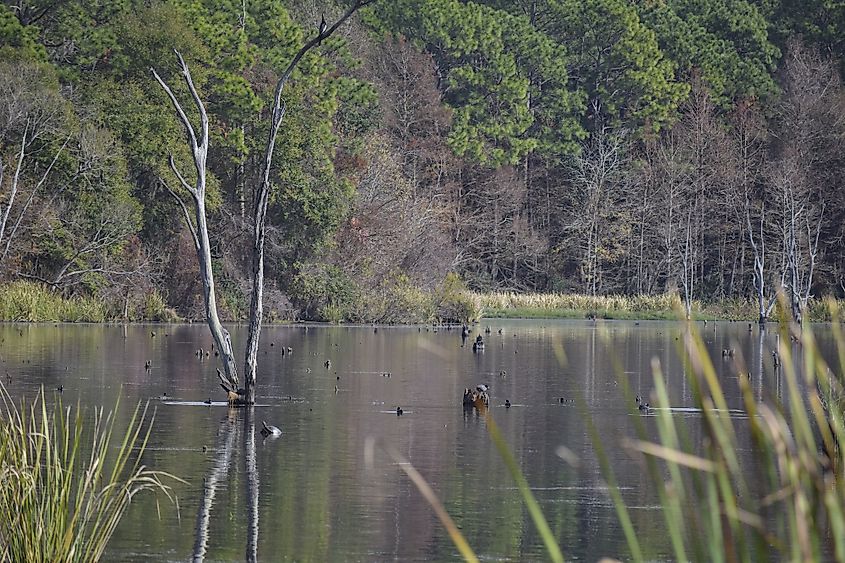
Before the lake was formed in the 1950s, the area served as the junction between the Flint and Chattahoochee Rivers. Thousands of years before the arrival of the Spanish, Native American civilizations flourished in this region. Proof of this is evident through the many uncovered archaeological sites in the area, including village sites, ceremonial sites, and burial mounds. It was not until 1674 that the Spanish settled in the junction region. Within the land created by the fork of the two rivers, the Spanish established the Mission Santa Cruz de Sabacola.
In time, the British and Americans also came to settle within the area. However, this happened only after many bloody wars had taken place over this strategic piece of land. In fact, proof of the land's strategic nature was evident throughout the War of 1812 and the First Seminole War of 1817-1818. Many battlefields, forts, and Seminole village locations survive as historical sites. One such fort is Fort Scott, which was constructed in 1816 to defend the border from the Spanish. As Florida became a US territory, any use for the fort ceased by 1821. Upon the lake's creation in 1958, remains of this fort were completely submerged in the water. During the years before the American Civil War, this region became well known as an extensive and rich agricultural district. Thus, dotting the riverbanks were several forgotten communities and some large plantations.
In 1958, the lake came into existence when the Jim Woodruff Dam was constructed at the confluence of the Flint River, Spring Creek, and the Chattahoochee River. Therefore, the lake was filled by the US Army Corps of Engineers after the dam's construction and authorization by the US Congress in 1946. This navigational and hydroelectric dam was named after the Georgia businessman, James W. Woodruff, who led the project.
The Seminole Tribe

Lake Seminole is named after the Seminole tribe of Native Americans who historically dwelled in the area. Often referring to themselves as the "Unconquered People", the Seminole people are descendants of the Creek people. In the 1700s and early 1800s, their ancestors migrated to Florida. The US military waged three wars against the Seminoles during the first half of the nineteenth century. Following these wars, the Seminoles lived in isolation within the Everglades. Throughout the years, the Seminole people persevered in spite of the many economic, political, and social pressures set up against them. Numbering approximately 3,200 members today, they succeeded in adapting to the new circumstances placed upon them while maintaining and preserving much of their unique cultural heritage.
Ecology Of Lake Seminole
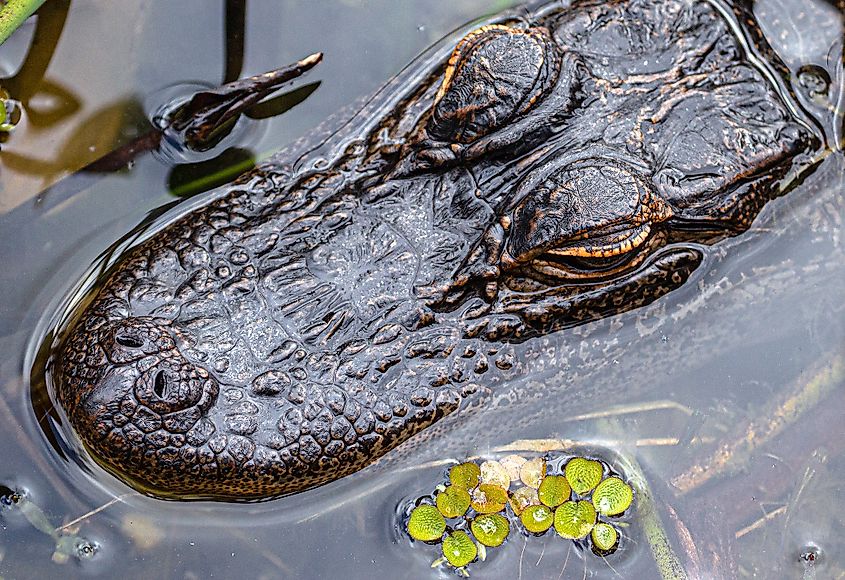
Despite being human-made in nature, the lake serves as an ecological wonderland given its subtropical setting, natural springs, and deep swamps. The areas around the lake consist of a mixture of pine and hardwood forests. These forests are perfect habitats for a variety of songbirds. Waterlilies, hydrilla, pondweeds, and waterlilies can be frequently encountered in the lake's shallower areas. In terms of aquatic fauna, the lake is teeming with a plethora of fish species: striped bass, black crappie, bluegill, and chain pickerel. Other commonly seen fauna are several species of waterfowl that typically wade and dive in and out of the lake. Moreover, this ecosystem's apex predator, the American alligator, is often seen floating around the lake.
Full of history and natural wonder, Lake Seminole's beautiful waters, and its lush surrounding forests serve as a haven to many key species. Furthermore, the reservoir lake provides various popular recreational opportunities such as hunting, fishing, boating, and camping.
